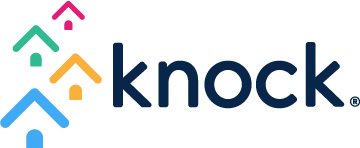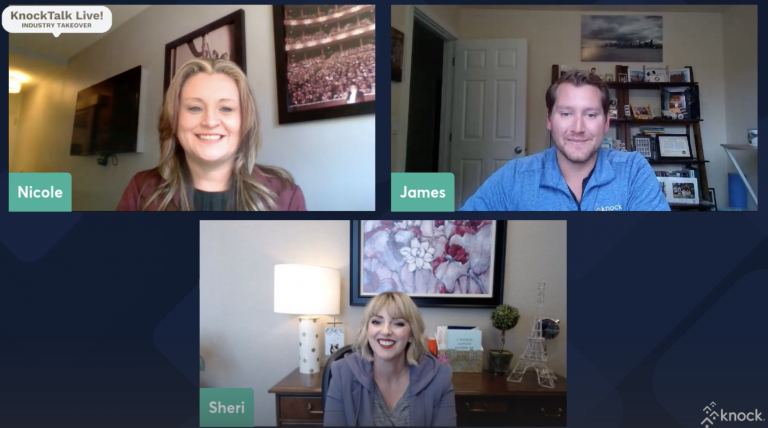Multifamily, We Have an Efficiency Problem (Part 1/3)

If you’re a multifamily marketer, you’ve likely heard a property manager or two (or 300) say, “We’re not getting enough leads.” And if you’re a property manager, you no doubt have heard your marketers tell you, “You’re just not following up with them quickly enough.”
Whether it’s complaints to marketing about traffic volume or complaints to leasing teams about slow follow-ups, when problems arise the finger gets pointed both directions. Let’s settle this score once and for all, multifamily.
What does the data say?
On average, our customers are seeing 2x the number of leads come in compared to two years ago (during pre-pandemic days). CoStar also reported on the dramatic increase in leads, with 45% growth year-over-year in visitors to their platforms. That means the age-old “traffic problem vs. people problem” dilemma has shifted significantly.
Whether it’s companies like Zumper focusing on low-volume/high quality leads, ApartmentList aiming for volume with their famous “swipe right,” or the industry juggernauts at CoStar, leads come in all shapes and sizes and in many cases have simply turned into a line item. And more and more, property management companies are shifting from exclusively using ILSs to a mix of ILSs and Google Ads. Want more leads? Easy. Just hit the $ button.
Leads are no longer a problem.
So with 2x the number of leads coming in and the ability to spend more to get more, it makes sense to turn the attention downstream: people.
Let’s take our business manager hats off for a second and put on our people manager hats. We ask a lot of our leasing teams. They are the front line for nearly everything resident facing, responsible for lead management, building management, cleaning, we all know the list.
Leaving all other aspects of their jobs aside, what does it mean that they are now managing 6x the number of leads they were 24 months ago? We broke it down for you using a 200 unit building as an example:
- 200 unit community
- Average annual turnover: 50%
- Number of units they’ll need to fill annually: 100
- Number of units they’ll need to fill each month: 8
- Lead-to-lease conversion rate: 4%
- Number of monthly leads needed to fill 8 units: 200
- Average time to schedule a tour: 15 minutes
- Minutes needed to schedule tours with 200 leads: 2,400 (40 hours)
Let’s use the above example. If you needed to build relationships with 200 people a month to hit your occupancy numbers before Covid started, and you’re now dealing with 1,200 (6x that number), then you’re spending 240 hours a month on lead management at this building IF you’re actually following up with all your leads (and yet there’s only an average of 173 working hours in a given month).
It’s no wonder that more than 50 percent of leasing agents are currently looking for new roles at other companies.
What you can do about it.
So what gives, multifamily? If leads are up this much, what’s going on? And how do we make life better for our teams if they’re drowning in tasks?
In this recent two year period, where the gains seem to be hitting new highs everywhere, the problem has changed.
We have an efficiency problem. We need an efficiency solution.
It’s often the space between your departments that needs the most attention, especially where your marketing hands off prospects to your leasing teams. In part 2 of this blog series, we learn how to set goals around efficiency to ensure teams are working together on the same mission. And in part 3, we’ll cover how to set up tactics and daily activities in a way that creates a more efficient marketing and leasing process within your tech stack.
And if you want to see the data behind leasing agents' decision to search for new roles, download our research report, Success in Multifamily Leasing Performance:


